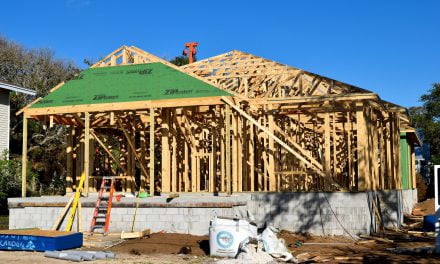More price cuts leave home sellers worried in late 2018.
Nationally, 26.6% of homes for sale experienced a price cut in the four weeks ending September 16, 2018, according to Redfin.
The share of listings with price cuts tends to peak around the third quarter (Q3) of each year, but this number has steadily risen over the past several years. For example, the price cuts seen in 26.6% of listed homes in September 2018 was up from 23.4% in 2017 and 22.4% in 2016.
Here in California, the highest percentage gain in price cuts was to be found in San Jose, where 25.7% of homes experienced a price cut, up from just 15.0% a year earlier.
Price cuts rose in every major California city, some alarmingly so, including:
- 56% of homes in Fresno;
- 49% of homes in Bakersfield;
- 40% of homes in Sacramento;
- 37% of homes in San Diego;
- 31% of homes in Orange County;
- 28% of homes in Riverside;
- 25% of homes in Los Angeles; and
- 13% of homes in San Francisco.
Redfin’s senior economist claims more price cuts in 2018 are “early signs of a softening market.” So how worried ought real estate professionals to be?
Housing market slowdown
A number of economic factors have led to discouraged and hesitant homebuyers in 2018, reflected in today’s higher share of price cuts. These factors include:
- rising interest rates, which has reduced buyer purchasing power;
- rapidly rising home prices, which have far outpaced income rises; and
- uncertainty brought on by shifting economic policies.
Also somewhat to blame are over-confident sellers, used to consistently high price gains in California’s competitive housing markets.
But declining confidence and reduced purchasing power have led to a flattened sales volume, which will eventually lead to falling home prices. Today’s higher incidence of price cuts is a harbinger of those falling prices, which will likely arrive sometime in 2019.
Why is 2019 the likely year for falling prices?
History is a valuable tool in forecasting and timing the housing market. The first domino to fall leading up to a recession is the yield spread, the difference between the key short-term interest rate and 10-year Treasury Note. This mathematical figure foretells economic performance a year out. More specifically, when the yield spread goes negative, a recession is imminent in about 12 months’ time.
The yield spread last went negative in late-2006, one year before the Great Recession hit in December 2007. Today, the yield spread is still positive, but is falling quickly, at 0.84 in August 2018.
At its current pace, the yield spread will likely go negative in the first half of 2019.
A consistently dipping yield spread also historically corresponds with falling home prices. For example, home prices last peaked in California in mid-2006 following months of declining yield spread, just before the spread went negative a few short months later.
All factors point to a slowing housing market in 2018 and 2019. How can real estate professionals prepare for the advancing slowdown?
Getting out ahead of falling sales is key. Plan for a reduction of 20%-25% in transaction fees in 2019-2020. Prepare for this decrease by over-producing today if possible. Reach out to current homeowner clients who are thinking about selling soon and let them know the next few months may be their last chance to sell near the top of the market.
You may also consider branching out into property management, one of the only recession-proof real estate professions. Set aside as much as you can from today’s paycheck into an umbrella fund for the next recession.
As the survivors of the 2008 recession and housing crisis still practicing in the real estate profession today will tell you, being over-prepared is much preferred to the alternative.



















